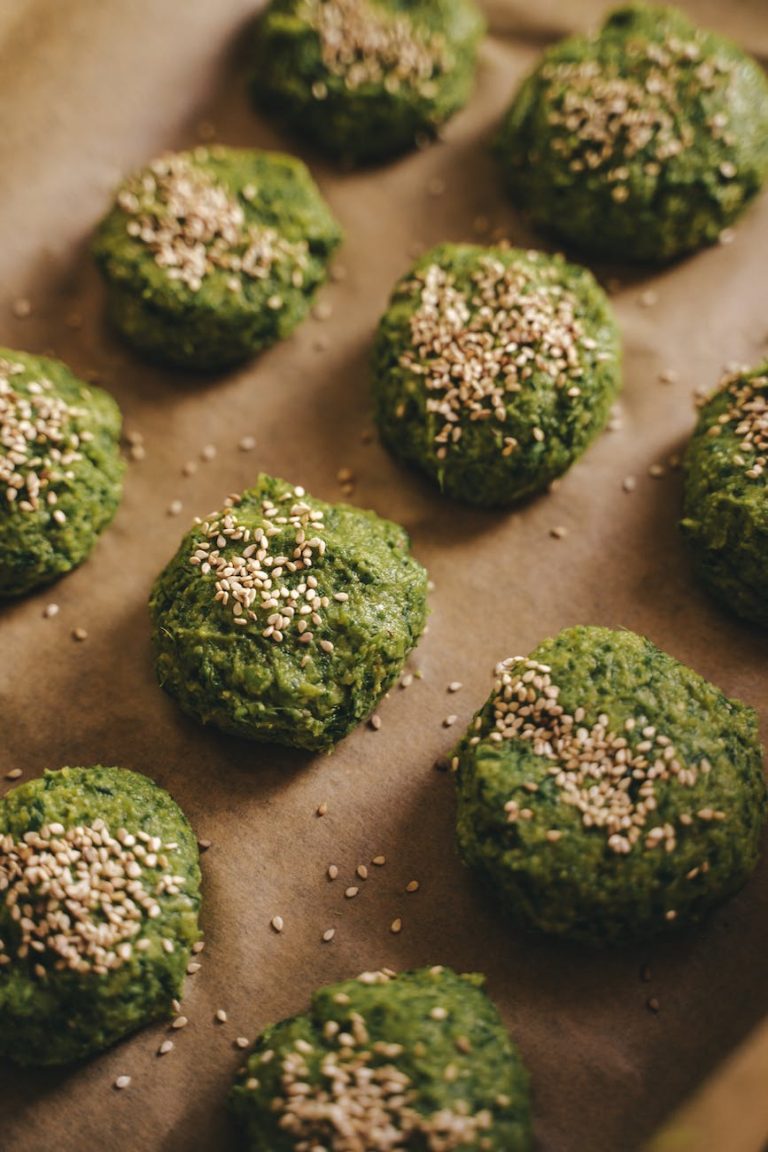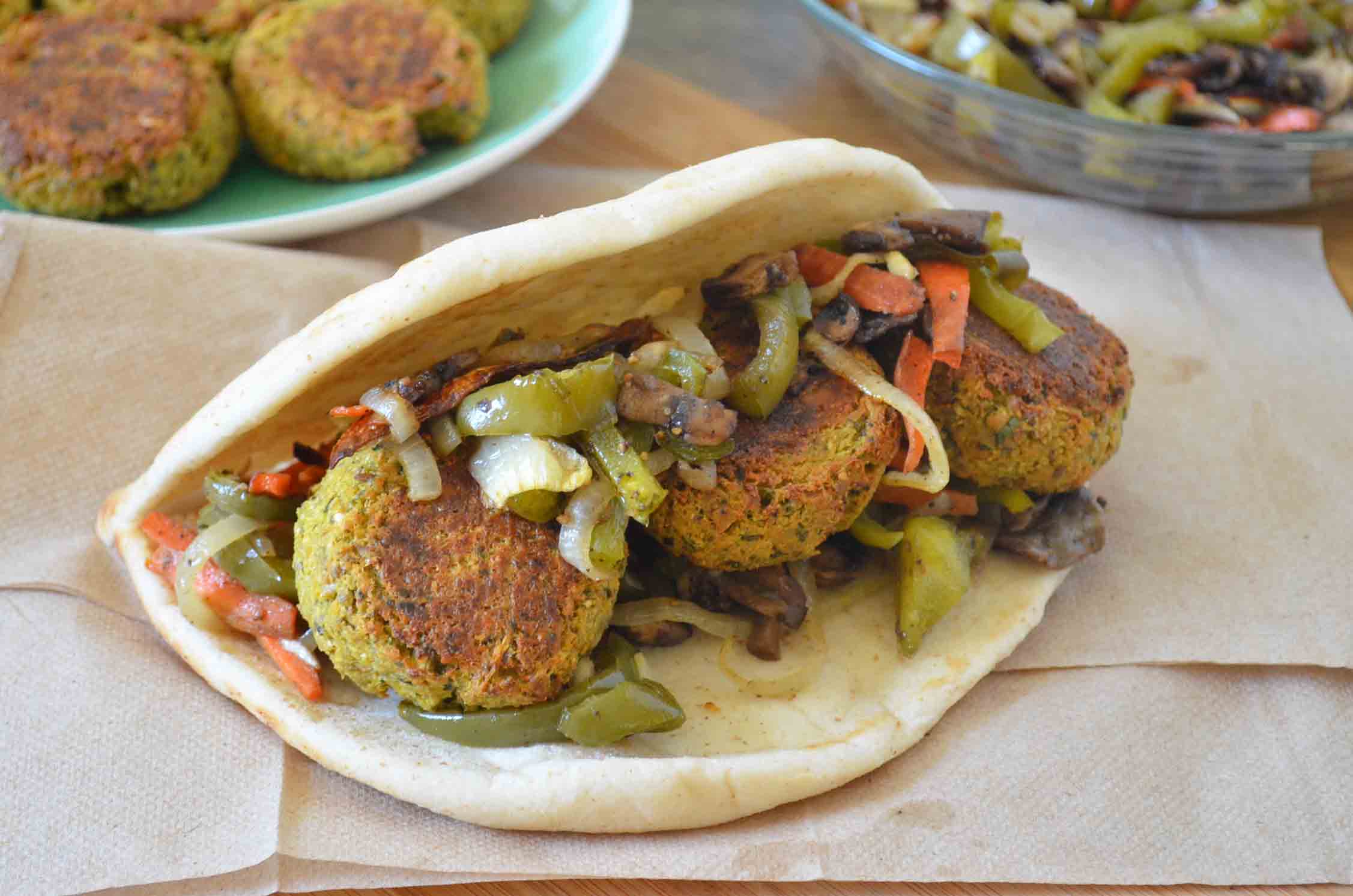The Humble Falafel: A Deep Dive into the Pita Wrap Phenomenon

The falafel pita wrap. A seemingly simple combination, yet a culinary powerhouse that transcends cultural boundaries and satisfies cravings across the globe. This unassuming street food staple, born from the sun-drenched lands of the Middle East, has evolved into a global phenomenon, a testament to its delicious simplicity and adaptable nature. This article will delve into the fascinating world of the falafel pita wrap, exploring its history, ingredients, variations, and enduring appeal.
A History Steeped in Tradition:
While pinpointing the exact origins of falafel is a challenge, its roots are firmly planted in the culinary traditions of the Middle East, particularly Egypt and the Levant. The word "falafel" itself is thought to derive from the Arabic word "falafel," meaning "small bean." However, the dish’s evolution likely involved a confluence of influences, including the ancient Egyptian practice of using fava beans and chickpeas in various preparations.
Some historians trace the origins of falafel to the Coptic Christians of Egypt, who, during periods of religious fasting, sought vegetarian alternatives to meat. The use of fava beans and chickpeas, readily available and easily prepared, provided a nutritious and satisfying protein source. Over time, the recipe evolved, incorporating spices and herbs that added depth and complexity to the flavour profile.
The exact timeline of falafel’s spread is difficult to establish definitively. However, its widespread adoption across the Middle East, and later its global proliferation, suggests a gradual process of cultural exchange and adaptation. Its adaptability – easily incorporated into various cuisines and dietary preferences – played a significant role in its success.
The Essential Ingredients: A Symphony of Flavors:
The heart of any great falafel pita wrap lies in its core components. Let’s dissect the key ingredients:
-
The Falafel: The star of the show, falafel are typically made from ground chickpeas (or a mixture of chickpeas and fava beans), herbs, spices, and sometimes onions. The precise blend of spices can vary considerably, reflecting regional differences and individual preferences. Common spices include cumin, coriander, parsley, dill, and garlic, creating a complex and aromatic flavour profile. The texture, too, can vary, ranging from crispy on the outside and soft on the inside to a more uniformly soft consistency, depending on the preparation method.

-
The Pita Bread: The perfect vessel for holding all the delicious ingredients, pita bread is a staple in Middle Eastern cuisine. Its soft, pliable texture and slightly chewy consistency make it ideal for wrapping. The slightly charred flavour of freshly baked pita adds another layer of deliciousness to the overall experience. The pocket-like structure of the pita bread allows for a generous filling without compromising structural integrity.

The Sauces: The sauces are crucial in balancing the flavours and adding moisture and richness to the wrap. Hummus, tahini sauce, and amba (a mango-based sauce) are popular choices, each offering a distinct flavour profile. Hummus, made from chickpeas, tahini, lemon juice, and garlic, provides a creamy and subtly earthy counterpoint to the falafel’s spiciness. Tahini, a sesame seed paste, adds a nutty and slightly bitter note. Amba, with its tangy and sweet flavour, provides a refreshing contrast. Other sauces, such as chili sauce or garlic yogurt, can also be incorporated to add a spicy kick or a creamy tang.
-
The Vegetables: Fresh vegetables are essential for adding texture, colour, and a refreshing crunch. Common choices include finely sliced tomatoes, crisp lettuce, shredded carrots, pickled turnips, and finely chopped cucumbers. The vegetables not only enhance the visual appeal but also provide a much-needed textural contrast to the soft falafel and pita bread.

Variations on a Theme: A Global Culinary Adventure:
The beauty of the falafel pita wrap lies in its versatility. It’s a blank canvas for culinary creativity, allowing for endless variations based on personal preferences and regional influences. Some popular variations include:
-
Spicy Falafel Wrap: Adding a generous dollop of chili sauce or harissa paste elevates the heat level, creating a fiery and flavourful experience.
-
Greek Falafel Wrap: Incorporating elements of Greek cuisine, such as feta cheese, olives, and oregano, adds a Mediterranean twist.
-
Mexican Falafel Wrap: A fusion of Middle Eastern and Mexican flavours, this variation might include salsa, guacamole, and sour cream.
-
Falafel Salad Wrap: A lighter and healthier option, this variation features a generous portion of falafel and various vegetables, often served with a light vinaigrette.
Beyond the Wrap: Expanding the Falafel Horizons:
While the pita wrap is the most common presentation, falafel’s versatility extends beyond this format. They can be served as:
-
Falafel Salad: A refreshing and healthy salad featuring falafel as the protein source, accompanied by a variety of fresh vegetables and a light dressing.
-
Falafel Plate: A more substantial meal, often served with hummus, tahini, rice, and various side dishes.
-
Falafel Burger: A modern twist, replacing the traditional beef patty with crispy falafel, adding a vegetarian option to the burger menu.
-
Falafel Sandwiches: Using other types of bread, such as brioche or sourdough, can offer a unique textural experience.
The Enduring Appeal: A Culinary Success Story:
The enduring appeal of the falafel pita wrap lies in its multifaceted nature. It’s a delicious, affordable, and readily available meal option, catering to a wide range of dietary needs and preferences. Its portability makes it ideal for a quick lunch or a satisfying snack on the go. The combination of textures and flavours, from the crispy falafel to the soft pita bread and the refreshing vegetables, creates a harmonious and satisfying culinary experience.
Moreover, the falafel pita wrap embodies a sense of cultural exchange and adaptation. Its journey from the kitchens of the Middle East to the streets of global cities reflects its adaptability and widespread appeal. It’s a dish that bridges cultural divides and unites people through its shared enjoyment.
In conclusion, the falafel pita wrap is more than just a simple meal; it’s a culinary testament to the power of simplicity, versatility, and cultural exchange. Its enduring popularity is a reflection of its deliciousness, its adaptability, and its ability to satisfy a wide range of palates and dietary needs. Whether enjoyed as a quick lunch, a casual dinner, or a late-night snack, the falafel pita wrap continues to delight and satisfy food lovers around the world. So, the next time you find yourself craving a delicious and satisfying meal, consider embracing the humble yet mighty falafel pita wrap – a culinary journey waiting to be explored.

Video tentang The Humble Falafel: A Deep Dive into the Pita Wrap Phenomenon
Penutup
Therefore, we hope this article has provided valuable insights on The Humble Falafel: A Deep Dive into the Pita Wrap Phenomenon. We hope you found this article informative and helpful. See you in our next article!

